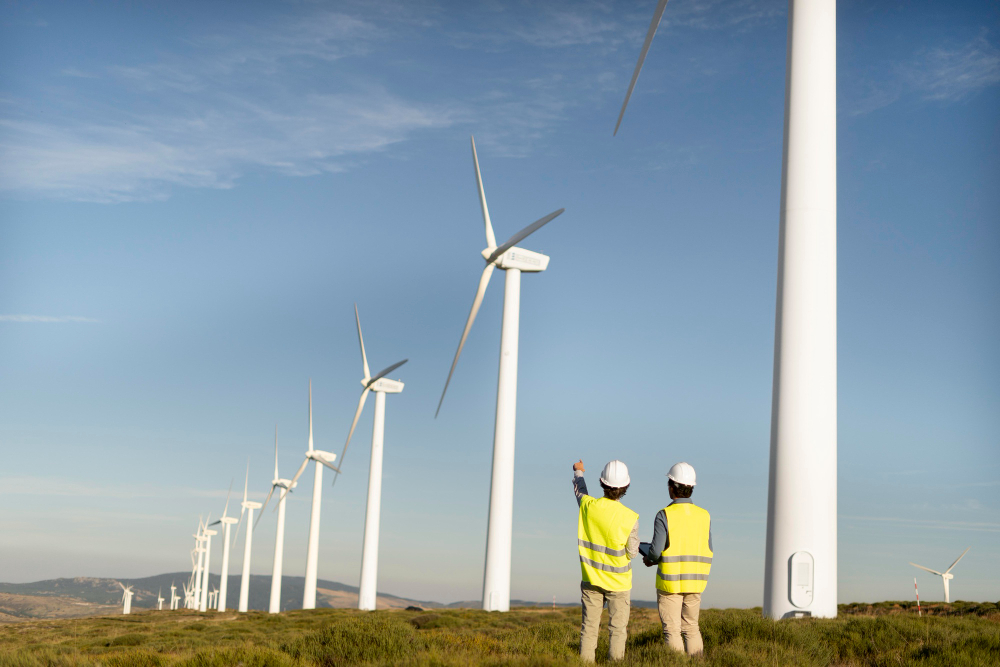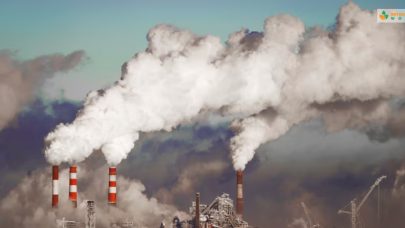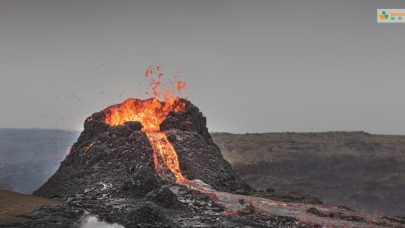For sometime in the last two decades, the image of Polar bears photographed in Baffin Islands symbolized climate change effects on inhabitants on Earth. But this viral image by Cristina Mittermeier of polar bear is now replaced as experts says the image does not seem to represent the climate change image realistically.
Scientists, experts, news channels and campaigners question whether the image of polar bears really makes impact on today’s realistic climate change effects. What is this Polar Bear image we are talking about you say, then keep reading the article below.
The Viral Image Of Polar Bear That Fueled Global Talks About Climate Change Effects
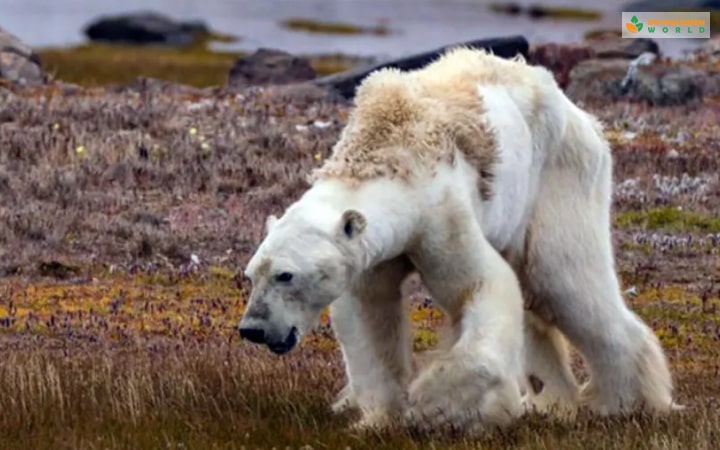
In the Baffin Islands in Northern Canada, two photographers Paul Nicklen and Cristina Mittermeier observed a polar bear that was taking its last steps. The polar bear had discolored fur that was mangled and its frame was gaunt as it took slow steps in hunt for food.
The polar bear stopped by an abandoned barrel to look for food. In the barrel all it found was a foam seat from a snowmobile that it chewed on. The photographers watched the scene heartbroken as the bear won’t survive the winter with its condition.
As Mittermeier said, “It was so heartbreaking to watch this animal, probably in its last few minutes of life,” who shot the image of polar bear that would become one of the most viral images of the decade.
In 2017 this picture of the polar bear accompanied by video footage of the bear by Nicklen was published in the National Geographic Magazine that overlaid subtitles to show “This is what climate change looks like.”
This scene from Baffin Islands clocked in 2.5 billion views and became a sensation that fueled talks on Global warming and its effects. From melting ice caps to effects on different animal species around the globe became an important topic of discussion among major organizations and world leaders.
The threats to the planet and its inhabitants due to climate change and what could be done to reverse it were discussed. One of the major images of climate change effects in the last decade was the polar bear and how they were struggling to survive.
But since then experts have started to drift away from the narrative of polar bears and the image of climate change they represent. Experts say their image does not really show realistic representation of climate change.
Shift In Image Symbolism Of Climate Change In 2023
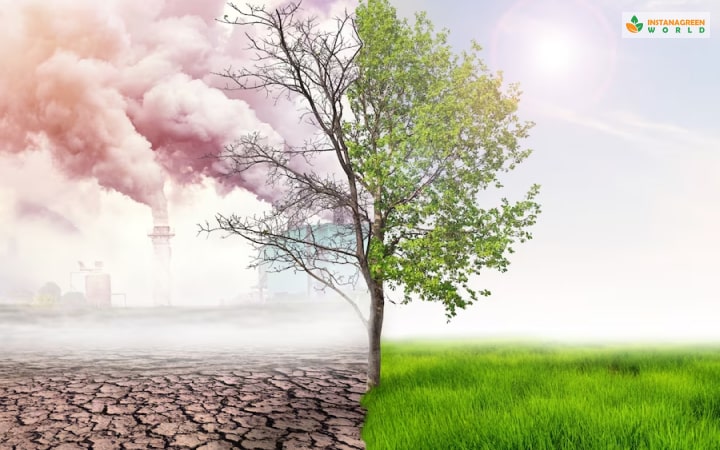
In 2023, heatwaves, sudden increases in typhoons and droughts are used to emphasize extreme climate change effects in media. The reason for this change is due to make more impact on people about climate change, hence realistic images that people can relate to.
All over the globe, the increase in heatwaves, sudden floods, droughts, typhoons and wildfires shows the catastrophic image of climate change effects in our world. As per experts, these images would make more impact on people when they see them and then these people be part of the change.
As per record there has been a 13% decrease in sea ice concentration since 1979 due to Global warming. At present the Antarctic sea ice is at below record level as per the benchmark set by the National Snow and Ice Data Center.
Polar bears became the victim of climate change as they rabid melting of sea ice resulted in less time on sea ice for the species. This resulted in them fasting for longer periods of time and not getting enough food to keep warm or becoming thinner.
Less nutrition means less changes of cubs being born or if born not getting enough milk to survive as the bears can’t hunt in the Arctic sea due to rapid melting of sea ice.
According to the UK Royal Photographic Society’s photo-historian, Michael Pritchard, taking picture of polar bear’s shocking behaviour can be “problematic.” He says, “We need to think about the context in which it was taken, how it was taken, and why it was taken. They say the photograph never lies. Well, actually, it can tell a very different story to reality.”
But the effects on polar bears cannot be certain in relation with climate change effects says scientists and experts.
Criticism Against The Picture
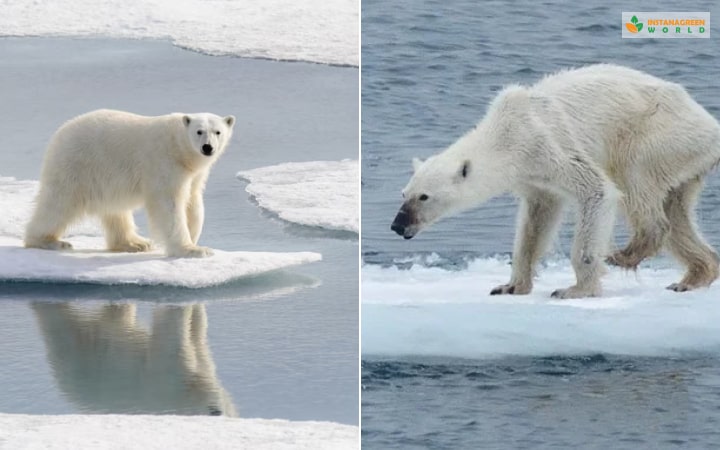
In response to Pritchard criticism, National Geographic issued a statement stating the narrative about the picture “gone too far.” The polar bear image by Cristina Mittermeier that previously suggested climate change or other factors like cancer could be at play in the change in polar bear’s feature.
The slow steps and discolored fur might also mean its upcoming demise and how it was behaving.
Cristina Mittermeier herself described how the picture had “lost control of the narrative” as it went viral. Mittermeier, the co-founder of SeaLegacy said that the picture was not clicked to make point on a scientific assertion but to be the starting point of talks about climate change effects.
She says, “When scientists say polar bears are going to starve to death in the Arctic because of the loss of sea ice, this is what it’s going to look like.[Polar bears] are not just a number on a spreadsheet. We were hoping that was going to have an impact on the conversation.”
The image works similar to the image of “Napalm Girl” in 1972 that became the symbol of the Vietnam War that swayed public opinion. The picture altered the discourse among the public due to the striking picture clicked by a photographer.
Further adding she says, “I really wanted this photograph to become a moment in which we stopped to recognize that climate change is an existential threat to humanity, and it starts with animals.”
According to Pritchard, polar bear image can be used as a compelling tool to take donations from compassionate audiences. Just like panda that became a symbol for nature conservation as well as a mascot for WWF ( World Wildlife Fund )in 1961. But polar bear image cannot be used as climate change symbols at present as it lost its value.
From 2010s Their Has Been Shift From Polar Bears To Realism
In the last decade, the media, non-profits organizations, Christian Aids and campaigns started to shift from traditional pictures of polar bears to people affected by climate change. The shift towards real implications caused by climate change seen all across the globe. Like pictures of floods in the UK, wildfires in Canada, heatwaves in Greece and European countries.
Non-profit Oxfam advocated for “people not polar bears” when showing climate change implications to our planet. These realistic images drive the point much deeper into people’s minds, leading to active involvement in reducing global warming rate.
Fiona Shields, an image editor at Guardian newspaper said that paper will be moving away from polar bears symbolizing climate change emergency and classed them as “an obvious-though not necessarily appropriate -choice.”
The reason for using the image of polar bears in the past was due to tight deadlines and limited photos database showing struggles of climate crisis. But now when the climate crisis has reached new limits nature has started showing climate change effects leading to more realistic images being used.
Visual adviser Alastair Johnstone, who works at Climate Outreach, says, “You’re better off showing a more human interaction with climate change, something that people can relate to.” As iconic polar bear images does not seem to compel people towards the urgency in reversing climate change.
Conclusion
Hence why polar bears stopped being the poster image of climate change. Instead, realistic pictures of wildfires or floods are being used to highlight climate change. As Kate Manzo, lecturer at Newcastle University in the UK says, “Climate change is close to home now. We need to find other ways of attracting attention to the climate crisis.”
Realistic images of droughts affecting people in Syria, Iran and Iraq or heatwaves in Europe causing emergency hits the climate change point home.


